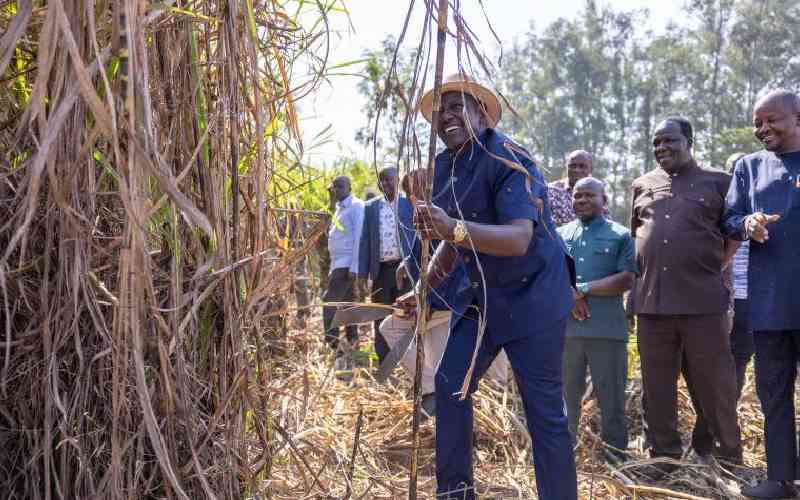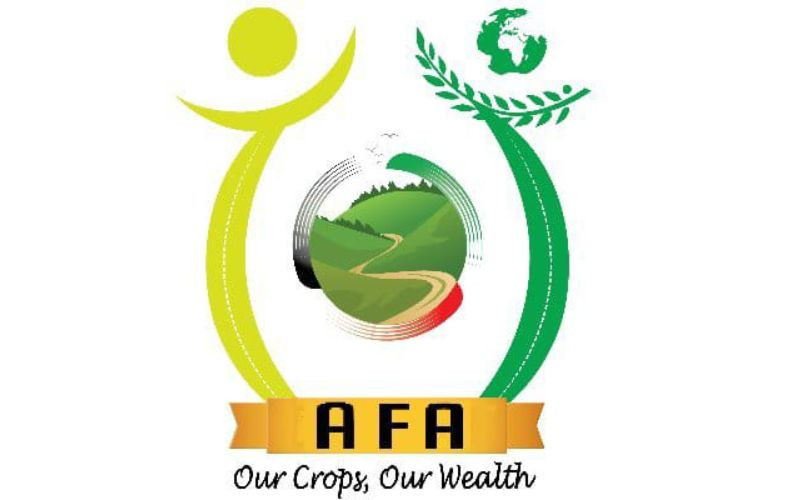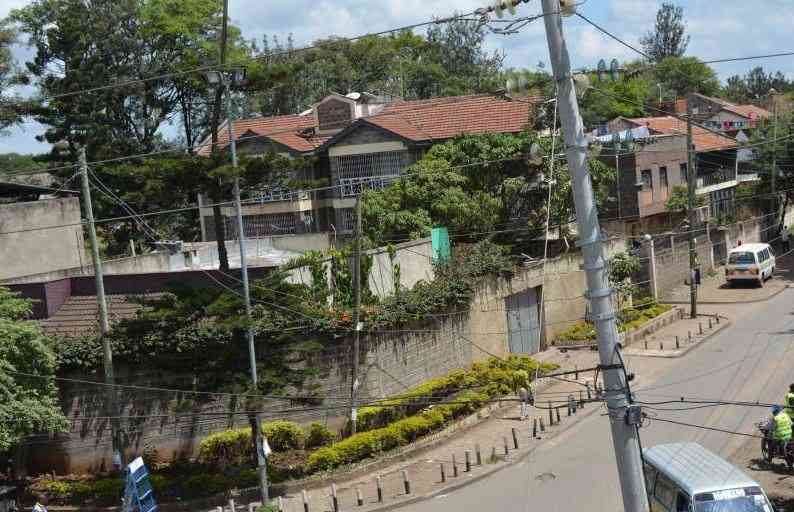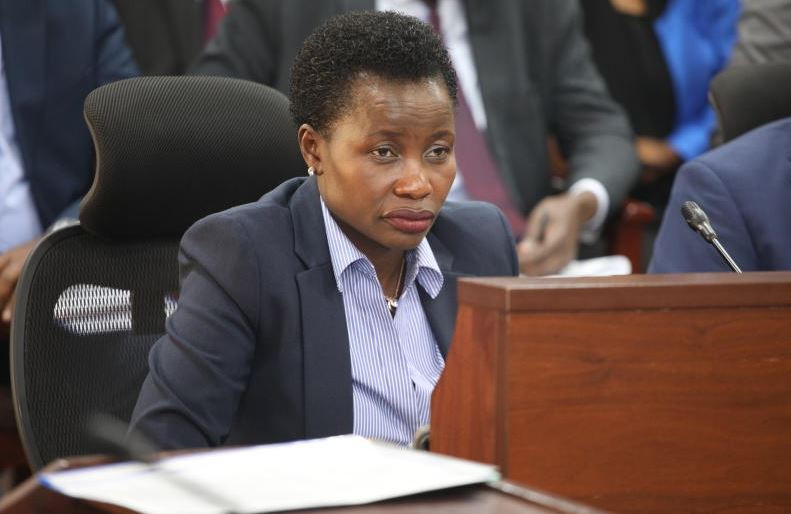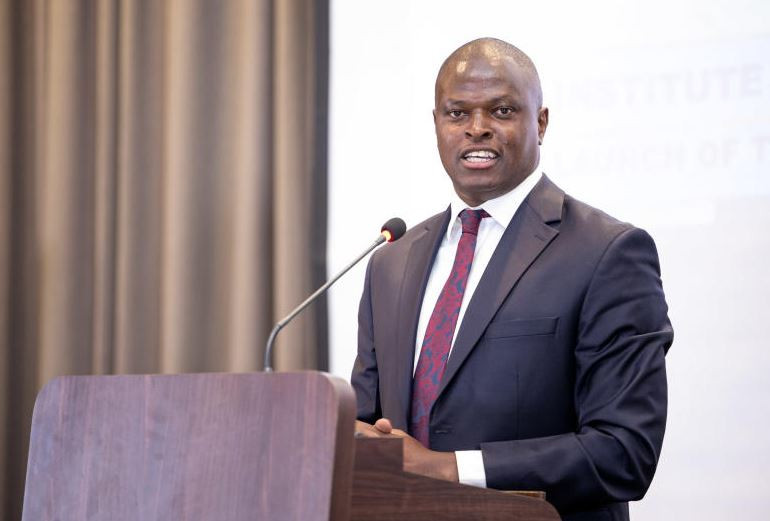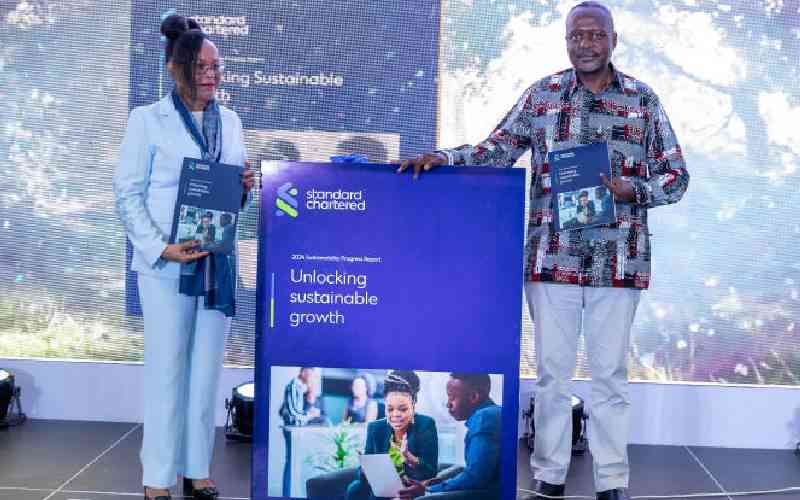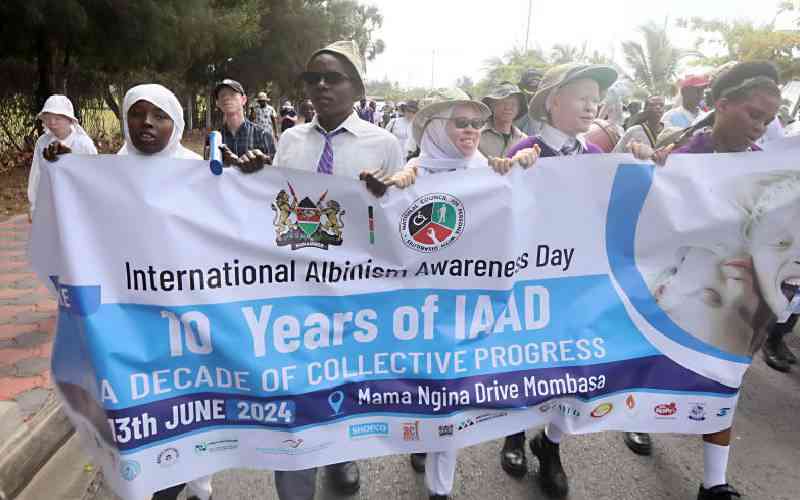
When Sarah Wang’ombe and Elizabeth Ombati wrote a tribute to “two community champions with albinism” who died in Kitui County in 2024, it hit differently. Their deaths were attributed to cancerous skin problems said to have been exacerbated by prolonged exposure to the sun.
This category of people with disabilities rarely crosses the mind when considering effects of climate change on health or basic human rights. With a lot of gaps in studies around people with disabilities (PWDs) already, narrowing down to those with albinism does not yield much either.
In a case of flooding, for instance, it would be difficult for any PWD, say visually impaired, one with hearing or physical challenges, to run from disaster such as landslides or flash floods. They struggle to access information on disaster preparedness. This explains why PWDs are disproportionately affected by climate change. Several reports indicate that PWDs are four to five times more likely to die in case of an extreme weather event. Emergency support, including evacuation, may be a challenge due to limited mobility or impaired senses.
Besides, they are easy to forget in scrambles for food, clothing and medical aid in displacement camps. With underlying conditions, some are more likely to contract infectious diseases. It is tougher where gender and disability intersect, for girls and women with disability, with sexual abuse and gender-based violence always lurking.
And when decisions have to be made on climate change solutions, including disaster risk management, their involvement is little.
These problems worsen for persons with albinism, for whom climate change is equally a matter of life and death. The two cases highlighted by Ndunda and Ombati explain how extreme heat and poverty can collide to make things more difficult for people with albinism.
The UN Human Rights office of the High Commissioner states how climate change has both a direct and indirect impact “on the effective enjoyment of a wide range of human rights” by the PWDs.
When poverty and the high temperatures collude to mess up people with albinism, focus shifts to survival, with food, rather than sparing money to access the freely provided sunscreen lotions, as a priority. The same people with albinism need to raise money to keep their families alive in a challenging economic time.
According to American National Institute of Health (NIH) data, albinism prevalence in Africa ranges from one out of every 5,000 to one out of every 15,000, most facing crucial medical and social issues.
For a population of over 1.5 billion, these estimates suggest the existence of tens of thousands of people living with albinism in the continent. This necessitates increased climate change awareness and door-to-door public health interventions to better address their medical, psychological and social needs.
African governments need to allocate more funds to the PWDs, considering what they risk with the more intense and frequent extreme weather events, as predicted by the Intergovernmental Panel on Climate Change, so that their specific requirements are met.
Kenya, for instance, has funds for PWDs. They include the National Fund for the Disabled of Kenya, to boost PWDs’ self-reliance; the National Development Fund for Persons with Disabilities, providing assistive devices and services for easier functioning of PWDs in society; and state incentives for employers of PWDs.
Of importance, still, is to include their opinion locally, nationally, regionally and globally in disaster response and preparedness. These must be policy-backed.
Addressing effects of climate change on people with albinism takes us back to the root cause of the problem, from where the solution must also come.
- The writer champions climate justice. [email protected]
Stay informed. Subscribe to our newsletter
